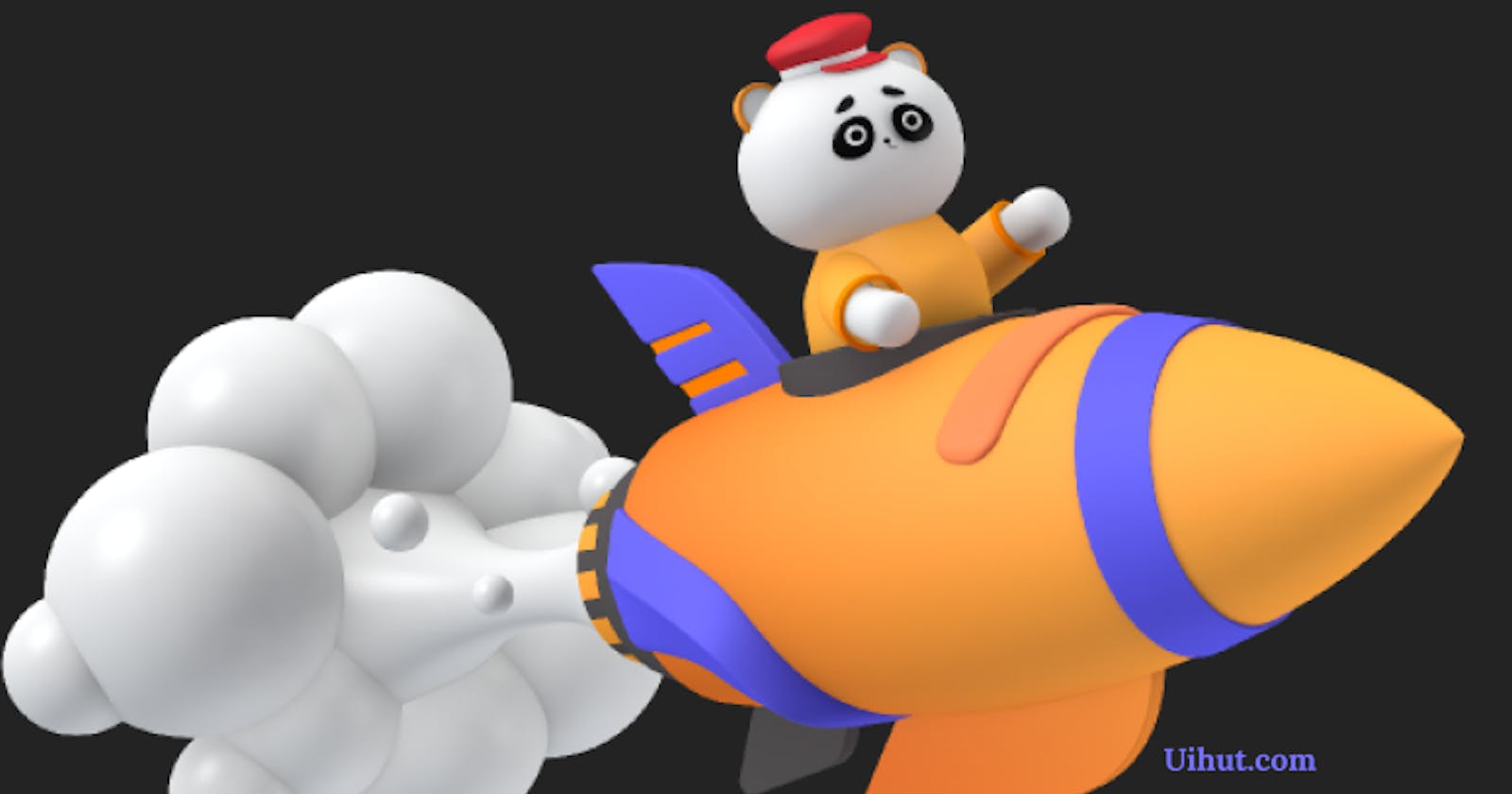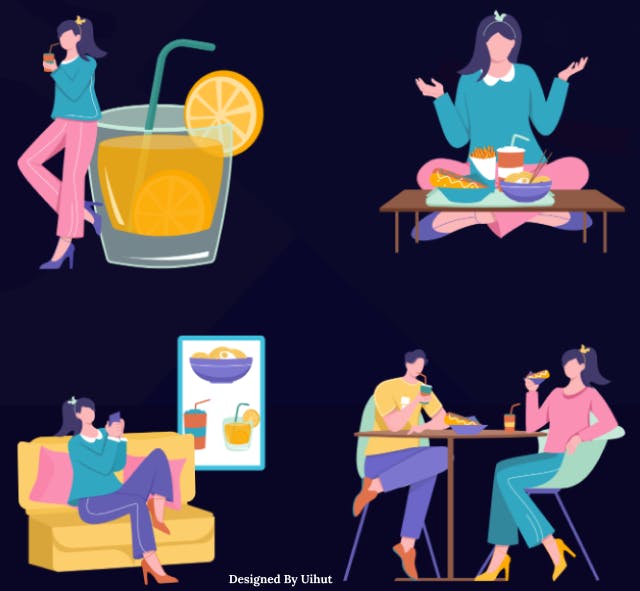Illustrations are the secret sauce of great UI design. They add a unique flavor to a website or app that differentiates it from the competition.
They give the interface a fun, playful, and creative feel. And they make the interface more engaging and memorable for users.
As the digital landscape becomes increasingly crowded, users are looking for more than just a functional interface. They want to interact with designs that are visually appealing. So it is crucial to create designs that stand out and engage users. Businesses must need eye-catching visuals to grab people's attention and be the preferred brand to purchase. At this point, illustrations add magic to a design.
They are a very important design element in web and app design. They are used to visually communicate information, ideas, or emotions to users. Illustrations represent information in ways that written descriptions cannot. They are versatile and flexible. They can be easily customized to fit a particular theme or message.
Now, let's look at some of the key reasons why illustrations are a must in UI design.
1. Attract Attention
User attention is an important aspect of UI design. Users who are not paying attention may not interact with the interface. And humans are always fascinated by visuals. Visuals not only create a deep impact on human minds but also inspire them to make a purchase. A stunning illustration immediately grabs the viewer's attention. It keeps users interested in and attached to the product.
Users scan rather than read when they visit a website or open an app. The user will most likely leave if the screen is boring and full of text. By adding a delightful, eye-catchy illustration along with clear copywriting, the user interface will become something more personal and engaging. It also reduces stress and has a positive impact on the user experience.
2. Transfer Information Quickly
90% of the information processed by the brain is visual. It takes only 13 milliseconds for the human brain to process. So, people perceive visuals faster than words.
And illustrations are informative and transfer a message quickly. They make it easier for the user to understand the message you’re trying to deliver. They help the user to communicate with your product.
Visualizing data-driven content with functional illustrations can help your users receive the message and data faster, and make the experience more fun and enjoyable.
Illustrations in a long text make it clearer and more interesting. They help to make information easier to read and understand.
3. Simplify Complex Concepts
Texts that are complex or lengthy can be difficult to understand. Even numbers and charts can be confusing. When trying to explain a complicated concept, it's easier to show it rather than trying to explain it with words or numbers. Illustrations are extremely useful in this case.
An illustration can break down a complex idea into its component parts and present them in a way that is easy to understand.
A complex onboarding process can be simplified with illustrations. When illustrations are used, this explanation becomes a fun, eye-catching, and refreshing experience.
4. Emotional Connection
Humans are highly emotional beings. Creating an emotion around your product will help people connect with your brand. And illustrations have the power to create powerful emotions that your brand represents. They gain users' trust and evoke empathy.
Illustrations can be used to convey a range of emotions, such as happiness, sadness, excitement, or fear. For example, an illustration of a smiling person can create a sense of joy and positivity, while an illustration of a dark and stormy night can evoke feelings of fear and uncertainty. The user is more likely to relate to the information and has a closer connection to the message being given when there is an emotional response created.
5. Storytelling
Storytelling is a powerful way to express an idea that makes us think. An illustration can tell the actual story behind the concept. It can explain how a brand can improve people's lives, provide a service, or meet a need. They help establish the time, place, and mood, creating an environment that envelops the user and transports them to another world.
A well-designed illustration can add depth to a message, bring it to life, and provide a more engaging user experience. For example, an illustration of a person using a product can help the user visualize themselves using the product. This makes it simple for them to understand its benefits and how it works.
6. Brand identity
Illustrations help to spread brand awareness and recognition as they're memorable and catchy. They communicate a lot about a brand’s style and represent products or services to users.
Unique illustrations are a great way to make your company's online presence memorable and differentiate yourself from the competition. It plays a significant role in visually communicating a brand's values, message, and personality. They make it simpler for the audience to recall and relate to the story, history, and mission of a company.
For example,
To attract foodies, a food brand can use food illustrations.
A travel brand can use illustrations to attract travelers.
7. Visual hierarchy
Websites depend on the hierarchy to communicate important messages. You can use custom illustrations to highlight navigation buttons or calls to action. By adding the right illustration, you can draw users' attention to specific information.
Illustrations make it simple to create a "path" and show users where they should go and what action they should take next. They act as visual dividers between sections, giving users a clear idea of what's going on in front of them. They create a visual break that lets users scan and process information more easily.
Things to consider when using illustrations
Context
Ensure that the illustrations are contextually relevant to the web or app content. They should enhance the user experience and make the content easier to understand, rather than being distracting or confusing.
Consistency
Make sure the illustrations have a consistent style, including color scheme, size, and overall visuals. This gives the design a beautiful appearance.
Performance
Optimize the file size and resolution of the illustrations for use on the web and in apps to ensure they load quickly and do not slow down the pages.
User Feedback
Collect user feedback on the illustrations to ensure they are successful in conveying the intended message and improving the user experience.
Ending remarks
An illustration is a glimpse into a world where imagination meets reality, colors, and lines come to life and tell a story all on their own. Illustrations can capture the attention of your target audience and leave a lasting impression.
So start adding beautiful illustrations to your designs today!





